Granulomas
At Pinnacle Dermatology, our dermatologists specialize in diagnosing and treating granulomas with precision and care. Our team of skin experts is adept at identifying the underlying causes of granulomas and offering tailored treatment plans. These plans may include medications to reduce inflammation or minor procedures to remove the granulomas, ensuring the best possible outcomes for our patients.
With extensive experience and a commitment to staying at the forefront of dermatological advancements, our specialists provide accurate diagnoses and effective management strategies for these and other skin concerns. We are dedicated to helping you achieve your skin health goals.
For more detailed information about granulomas and how we can help, please explore the resources below. To take the first step towards healthier skin, schedule a consultation with one of our experienced providers at Pinnacle Dermatology today.
Examples of Granulomas
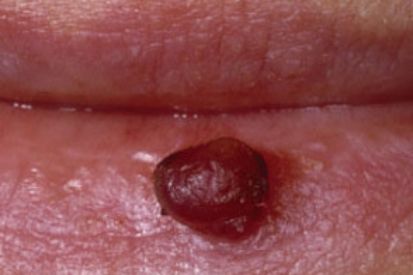
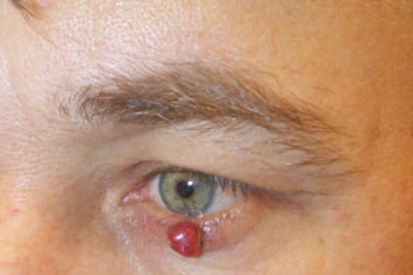
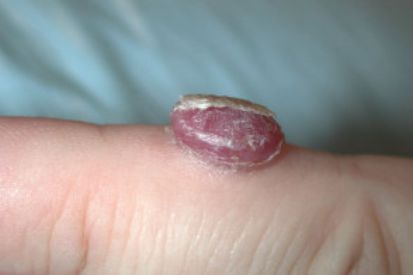
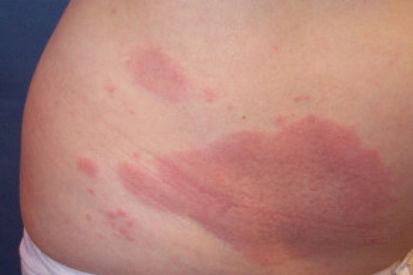
What are the Symptoms of Granulomas?
- The symptoms of granulomas can vary widely depending on the organ or tissue affected.
- Skin nodules or bumps.
- Rash.
Causes of Granulomas
- Granulomas are organized clusters of immune cells that form in response to infections, inflammation, or exposure to certain substances.
- They represent the body's attempt to isolate and contain perceived threats that it cannot eliminate, involving immune cells like macrophages and lymphocytes.
How to Prevent Granulomas
Granuloma FAQs
Granulomas do not always cause symptoms. Some individuals may have granulomas without experiencing any noticeable effects, making these formations detectable only through medical imaging or examinations. However, in other cases, granulomas can lead to a variety of symptoms depending on their size, location, and underlying cause.
Symptoms might include changes in the skin such as redness, swelling, or the appearance of lumps and bumps. Additionally, granulomas can cause pain or discomfort, particularly if they press on surrounding tissues or nerves. The specific symptoms and their severity can vary widely from person to person.
Understanding whether a granuloma is causing symptoms and determining the best course of action requires a thorough evaluation by a medical professional. If you suspect you have granulomas or are experiencing unexplained skin changes or discomfort, it is essential to seek medical advice for an accurate diagnosis and appropriate treatment.
Yes, granulomas can indeed recur, particularly if the underlying cause is not effectively addressed. These immune cell clusters may reappear if the initial trigger—such as an ongoing infection, persistent inflammation, or an unresolved condition—remains untreated or inadequately managed. Recurrence can also occur if there is repeated exposure to the irritant or pathogen that caused the granulomas in the first place.
Effective treatment and management of the underlying cause are essential to prevent recurrence. This might involve long-term medication, lifestyle adjustments, or additional medical procedures to ensure the root issue is fully resolved. If you have experienced granulomas before and are concerned about them coming back, it is important to work closely with your healthcare provider to develop a comprehensive treatment plan tailored to your specific needs.
The treatment of granulomas depends largely on the underlying cause. Dermatologists utilize a variety of approaches tailored to the specific needs of the patient. Here are some common treatment options:
Topical Steroids: These are often prescribed to reduce inflammation and alleviate symptoms. Topical steroids can be effective in shrinking the granulomas and improving the appearance of the affected skin.
Cryotherapy: This involves the application of extreme cold to freeze and destroy abnormal tissue. Cryotherapy is particularly useful for treating smaller granulomas and can be a quick, in-office procedure.
Surgery: In cases where granulomas are larger or more persistent, surgical removal may be necessary. This procedure involves excising the granuloma under local anesthesia, providing a more immediate resolution.
Laser Therapy: Advanced laser treatments can target granulomas with precision, reducing their size and improving skin texture. Laser therapy is especially beneficial for granulomas that are resistant to other treatments.
Medications: Depending on the cause, oral medications such as antibiotics (for infections) or immunosuppressants (for autoimmune conditions) may be prescribed to address the underlying issue and prevent recurrence.
Observation: In some cases, especially when granulomas are asymptomatic and not causing any discomfort, a dermatologist may recommend a watchful waiting approach to monitor the condition over time.
The choice of treatment is guided by a thorough evaluation of the granulomas' characteristics, the patient's overall health, and the specific cause of the condition. Regular follow-ups with a dermatologist are essential to monitor the treatment's effectiveness and make any necessary adjustments. If you suspect you have granulomas or need further information, consult with a dermatology specialist to explore the best treatment options for your situation.
Yes, granulomas can sometimes be associated with allergic reactions, particularly when the body reacts adversely to specific substances or materials. These allergic reactions can trigger an immune response, leading to the formation of granulomas as the body attempts to isolate and manage the offending substance. Common triggers might include certain medications, foreign bodies, or environmental allergens.
Dermatologists play a crucial role in identifying and managing granulomas linked to allergic responses. They can perform a thorough evaluation, which may include a detailed medical history, skin tests, or biopsy, to determine the exact cause of the allergic reaction and the resulting granulomas.
How to treat Granulomas
Our dermatologists typically treat granulomas by addressing the underlying cause and managing inflammation. Treatment may involve topical or oral corticosteroids to reduce inflammation, immunosuppressive medications, or, in some cases, surgical removal of the granuloma. Antibiotics might be prescribed if the granuloma is related to an infection.
The specific approach depends on the type and cause of the granuloma, and individual cases are often managed on a case-by-case basis. It's crucial to consult with your dermatologist for a proper diagnosis and tailored treatment plan.
Featured Blogs

- General Dermatology
- Skin Care
- Chronic Skin Conditions
We asked one of our skin care professionals for tips on how to clear up acne. Here's what he had to say.
Read More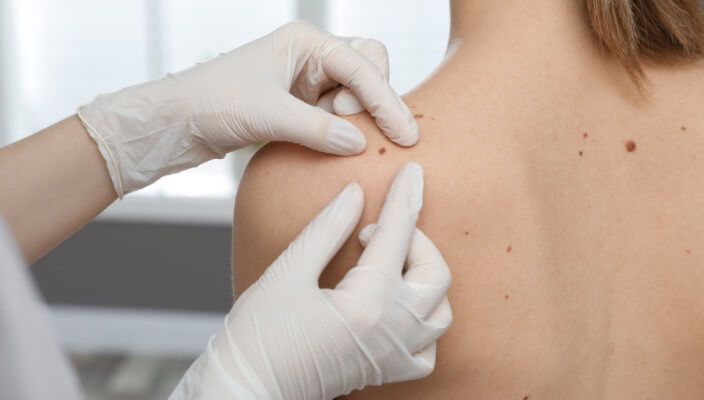
- Skin Cancer
- General Dermatology
- Skin Exams
Navigating the landscape of Total Body Skin Exams: Uncover the comprehensive process, understand why it matters for skin health, and gain insights into what to expect during these essential dermatological examinations.
Read More
- General Dermatology
While sweating, our body’s natural cooling system helps regulate our internal temperature, too much of a good thing can lead to serious skin issues.
Read MoreFeatured Products
Check your local office for current stock!
Check your local office for current stock!


